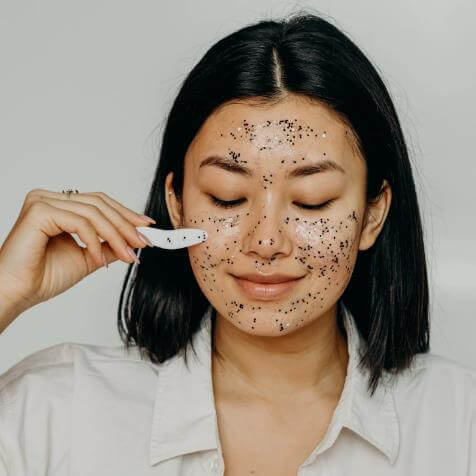Worried about those stubborn blackheads on your nose? In this article, you will find out what they are, how they are formed, and how to take care of your skin by removing them at home with over-the-counter skincare products.
First, what are blackheads?
Blackheads, also known as “open comedones,” are normally classified as a mild, non-inflammatory type of acne [1]. They form when our pores get clogged due to an accumulation of dead cells (known as corneocytes) and sebum (oil produced to moisturize the skin). As these pores get enlarged and open, the melanin present reacts with the oxygen in the air, turning the pore orifice black. They can have a diameter of 1–3 mm [2].
If these comedones remain closed, then they are identified as whiteheads since the comedo content stays trapped and doesn’t oxidize.
Blackheads tend to appear in areas of the face with the largest number of sebaceous glands, particularly prominent in the nose, but also on the chin and cheeks.
What causes blackheads?
Hormonal changes (during puberty for instance) are one of the main causes related to the development of this form of acne, but also other factors such as genetics, smoking, or damaged or unhealthy skin may be involved [3].
In general, the development of blackheads is characterized by the following processes [3]:
- An overproduction of sebum.
- An abnormal desquamation (shedding) of the follicular cells leads to the build-up of dead cells.
- Potential follicular colonization by
Cutibacterium acnes
.
How to remove those blackheads on the nose?
Removing blackheads efficiently requires committing to a skincare routine that helps target the processes involved in their formation, specifically oil production and abnormal desquamation. Treating your nose is of big concern since blackheads are greatly noticeable in this area, but you may also need to treat the rest of your face since chances are that you have blackheads or enlarged pores in other areas as well.
Here, we list 5 skincare strategies you can follow at home to remove blackheads over time.
1.
Use foaming cleansers
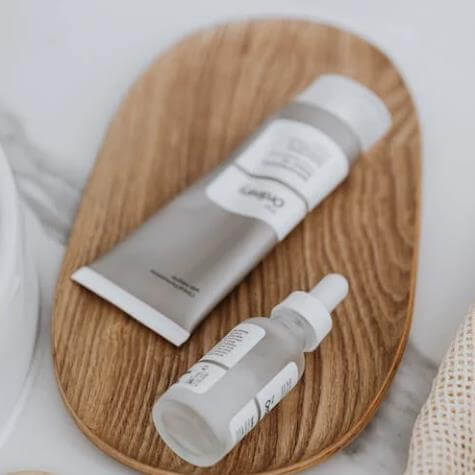
Washing our faces is a basic step in any
skincare routine
to maintain our skin clean and healthy.
Since blackheads are associated with an overproduction of oil, foaming cleansers are ideal for efficiently removing excess oil. It’s advisable to choose a cleanser that is “gentle” or “mild” to remove the excess oil without drying out your skin.
Foaming cleansers targeted to clear blackheads contain
salicylic acid
(known in skincare as
BHA
: beta-hydroxy acid), the go-to ingredient for unclogging pores.
How does salicylic acid work?
Salicylic acid is known for its comedolytic properties, reducing the adhesion bonds between corneocytes, which loosens and detaches these dead cells clogging the pores [4]. Since it’s lipid-soluble, it can penetrate the sebaceous glands and act inside the pores. It also decreases the secretion of sebum, which adds to its beneficial effect [4].
What to look for?
Foaming cleansers with 2% salicylic acid (also written as 2% BHA).
How to use it?
Start using the product once per day, preferably at night. Apply onto a wet face and massage focusing on the areas you want to treat, such as the nose. Let it sit for 2-3 minutes before washing it off, giving time for the BHA to act.
An example of this category is The INKEY List Salicylic Acid Acne + Pore Cleanser.
2.
Exfoliate with BHA
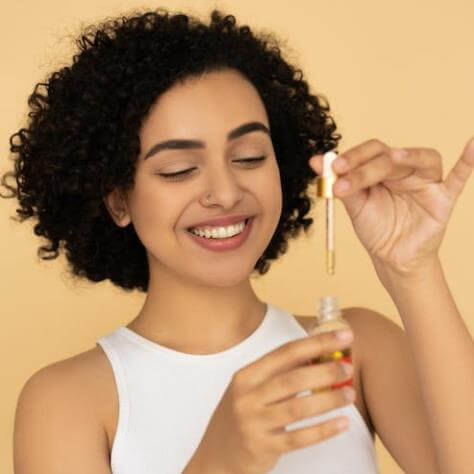
Another way to include the beneficial comedolytic effects of salicylic acid (BHA) in your routine is to use exfoliant solutions or serums formulated with 2% BHA. As explained, salicylic acid has proven to be effective as an exfoliant agent due to its ability to disrupt cohesion between corneocytes [4] and, therefore, remove dead cells clogging the pores.
The most popular examples in the market include Paula’s Choice Skin Perfecting 2% BHA Liquid Exfoliant and The Ordinary Salicylic Acid 2% Anhydrous Solution Pore Clearing Serum.
You may also find 2% BHA combined with other chemical exfoliants such as AHAs (alfa-hydroxy acids, like glycolic or lactic acid), to support the exfoliant activity. One example of this combination is Glow Recipe Strawberry Smooth BHA + AHA Salicylic Acid Serum.
How to use 2% BHA exfoliants?
They are used as leave-on products. Start applying every other day to monitor your skin response. If it’s well tolerated, apply it daily (
follow the instructions of use on your specific product
). If you use it in the morning, always remember to apply sunscreen with SPF 30 or higher, and if you use it at night, avoid the concomitant use of retinol to reduce the irritation potential (unless your skin tolerates it).
3.
Apply clay masks
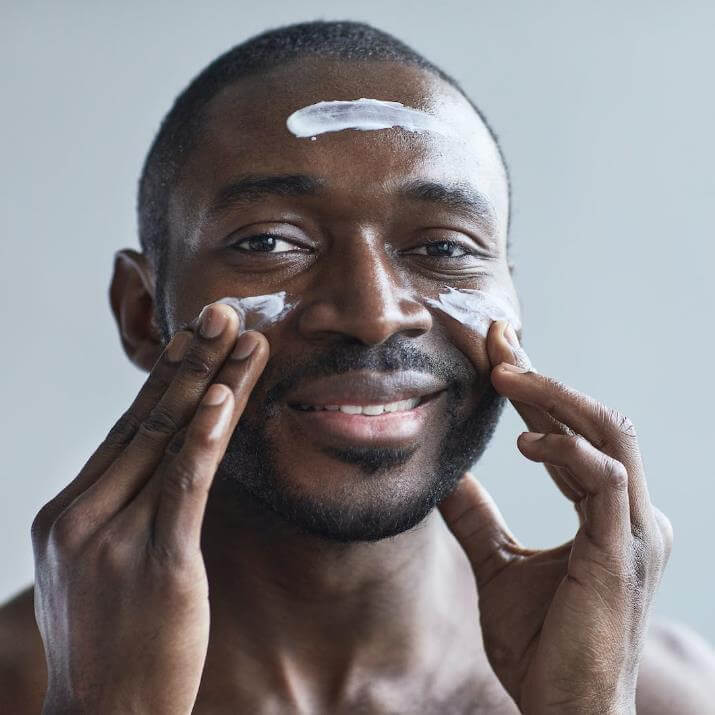
Clay masks are also useful in reducing blackheads’ appearance. They act by trapping and removing oil and impurities present in the skin due to their high adsorption and absorption capacities [5]. They may aid the opening of pilosebaceous orifices, stimulate perspiration and sebaceous secretions, and some may even inhibit the growth of
C. acnes
(such as the Dead Sea black mud) [6].
Indeed, research conducted for 6 weeks in acne-prone individuals evidenced the efficacy of applying clay facial masks 2-3 times per week in reducing skin lesions caused by acne, including open comedones (blackheads) [7].
An example of this category is Kiehl’s Rare Earth Deep Pore Minimizing Cleansing Clay Mask.
How to use a clay mask?
After cleansing,
apply a layer on the areas of interest, such as the nose or the whole T zone. Let it dry for 10-15 minutes and then rinse it off with warm water. Do this process once or twice per week (as tolerated).
4.
Change to “Oil-free” Moisturizers and Sunscreens
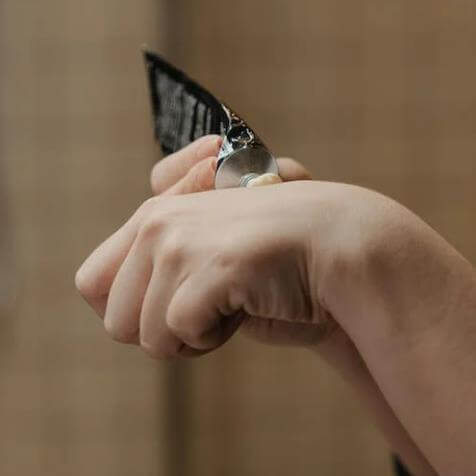
To improve and prevent the appearance of blackheads, it’s important to avoid certain skin care products that might “clog” skin pores even more, such as rich greasy moisturizing creams or oily products [1].
Moisturizing gels are the most recommended ones for this. The same applies to sunscreens. You can benefit from “oil-free” formulations that are gel-based, either a clear water gel or a gel cream/lotion.
An example of an oil-free moisturizer is Paula’s Choice Clear Oil-Free Moisturizer.
An example of sunscreen is Neutrogena Hydro Boost Water Gel Lotion Sunscreen SPF 50.
5.
You could try a Retinol Treatment.

Another popular ingredient in skincare is retinol, the main
Vitamin A
derivative used for cosmetic purposes.
Retinol can help reverse the abnormal desquamation process by increasing follicular cell turnover (cell renewal) and accelerating the shedding of corneocytes (exfoliation), resulting in the expulsion of mature comedones, including blackheads, and suppression of micro-comedones formation [8]. Retinol may also regulate the function of sebaceous glands, and limit oil production [9].
Cons:
retinol (like all retinoids) should be avoided during pregnancy. It can also irritate the skin, which normally limits its use in sensitive skin individuals. For these reasons, it could be substituted by products containing the “Natural Retinol Alternative” known as
bakuchiol
.
How to use Retinol?
First, do a sensitivity test on a small portion of your skin and monitor skin response. If it’s tolerated (no allergy, redness, or itchiness), start applying it
at night
3 times per week after cleansing. The next morning, wash your face thoroughly and apply sunscreen (SPF 30 or higher). If using BHA or AHAs serums/solutions, alternate the products during the week, and avoid applying them together to reduce irritation potential.
You can start with low doses (0.3%), such as La Roche-Posay Redermic Retinol Concentrate, and gradually increase to higher doses (1%) like Paula’s Choice Clinical 1% Retinol Treatment, as tolerated.
What to avoid? (The Absolute DON’TS)
-
Squeezing blackheads:
this can only worsen the appearance of the lesions and lead to inflammation and increase the likelihood of scarring [1][2]. -
Pore strips:
although they seem a “good and fun” alternative to “instantly” remove blackheads from your nose, their use can actually lead to the enlargement of pores, worsening the lesions. -
At-home pore vacuum:
they might cause the enlargement of your pores over time, worsening blackheads, as well as damaging the skin if improperly used. -
Using scrubs:
although commonly used to exfoliate and remove dead cells, scrubs tend to be harsh, causing potential injuries and disrupting your skin barrier. -
Going to bed with your makeup on
: may compromise your skin barrier and worsen its condition, including that of pores and blackheads. Always
remove makeup
as the first step of your night routine.
THE TAKEAWAY
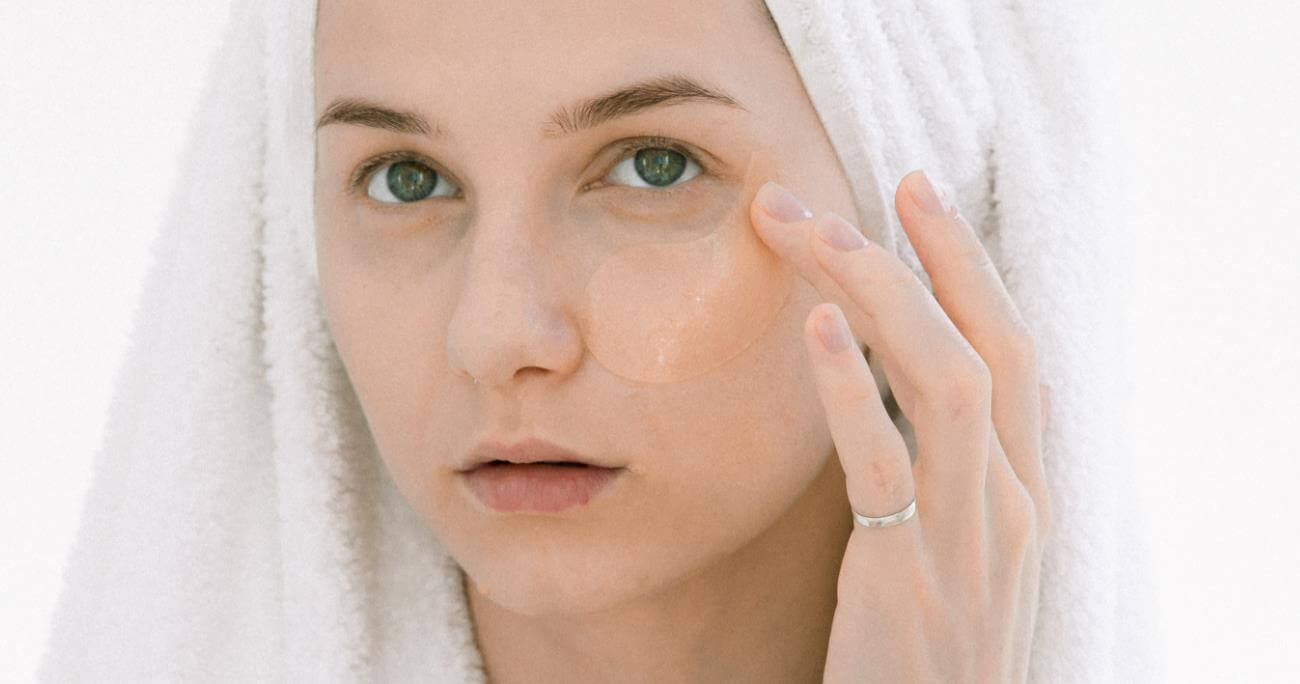
Blackheads can certainly be difficult to eliminate, and there is no magical treatment to make them disappear immediately and for good. The ideal approach to help in their removal is based on building a mindful
skincare routine
and sticking to products and ingredients that are known to unclog and clean the pores. Be aware that you don’t need to overdo it to get “quick results” because too much skincare can dry or irritate the skin. Instead, treat blackheads gently, be patient, and you will see noticeable results after a couple of weeks.
REFERENCES
[1] Institute for Quality and Efficiency in Health Care (IQWiG). (2019, September 26). Acne: Overview. InformedHealth.org – NCBI Bookshelf. https://www.ncbi.nlm.nih.gov/books/NBK279211/
[2] Leung, A. K. C., Barankin, B., Lam, J. S., Leong, K. F., & Hon, K. L. (2021). Dermatology: how to manage acne vulgaris. Drugs in Context, 10, 1–18. https://doi.org/10.7573/dic.2021-8-6
[3] Ogé, L. K. (2019, October 15). Acne Vulgaris: Diagnosis and Treatment. AAFP. https://www.aafp.org/pubs/afp/issues/2019/1015/p475.html
[4] Arif, T. (2015). Salicylic acid as a peeling agent: a comprehensive review. Clinical, Cosmetic and Investigational Dermatology, 455. https://doi.org/10.2147/ccid.s84765
[5] Williams, L. B., & Haydel, S. E. (2010). Evaluation of the medicinal use of clay minerals as antibacterial agents. International Geology Review, 52 (7–8), 745–770. https://doi.org/10.1080/00206811003679737
[6] Fox, L. T., Csongradi, C., Aucamp, M., Du Plessis, J., & Gerber, M. (2016). Treatment Modalities for Acne. Molecules, 21 (8), 1063. https://doi.org/10.3390/molecules21081063
[7] Meier, L., Stange, R., Michalsen, A., & Uehleke, B. (2012). Clay Jojoba Oil Facial Mask for Lesioned Skin and Mild Acne – Results of a Prospective, Observational Pilot Study. Forschende Komplementärmedizin =, 19 (2), 75–79. https://doi.org/10.1159/000338076
[8] Thielitz, A., & Gollnick, H. (2008). Topical Retinoids in Acne Vulgaris. American Journal of Clinical Dermatology, 9 (6), 369–381. https://doi.org/10.2165/0128071-200809060-00003
[9] Michalak, M., Pierzak, M., Krecisz, B., & Suliga, E. (2021). Bioactive Compounds for Skin Health: A Review. Nutrients, 13 (1), 203. https://doi.org/10.3390/nu13010203

 By myulikeadmin
By myulikeadmin
